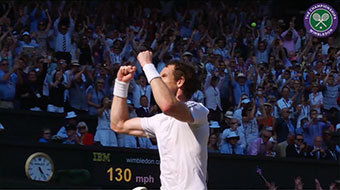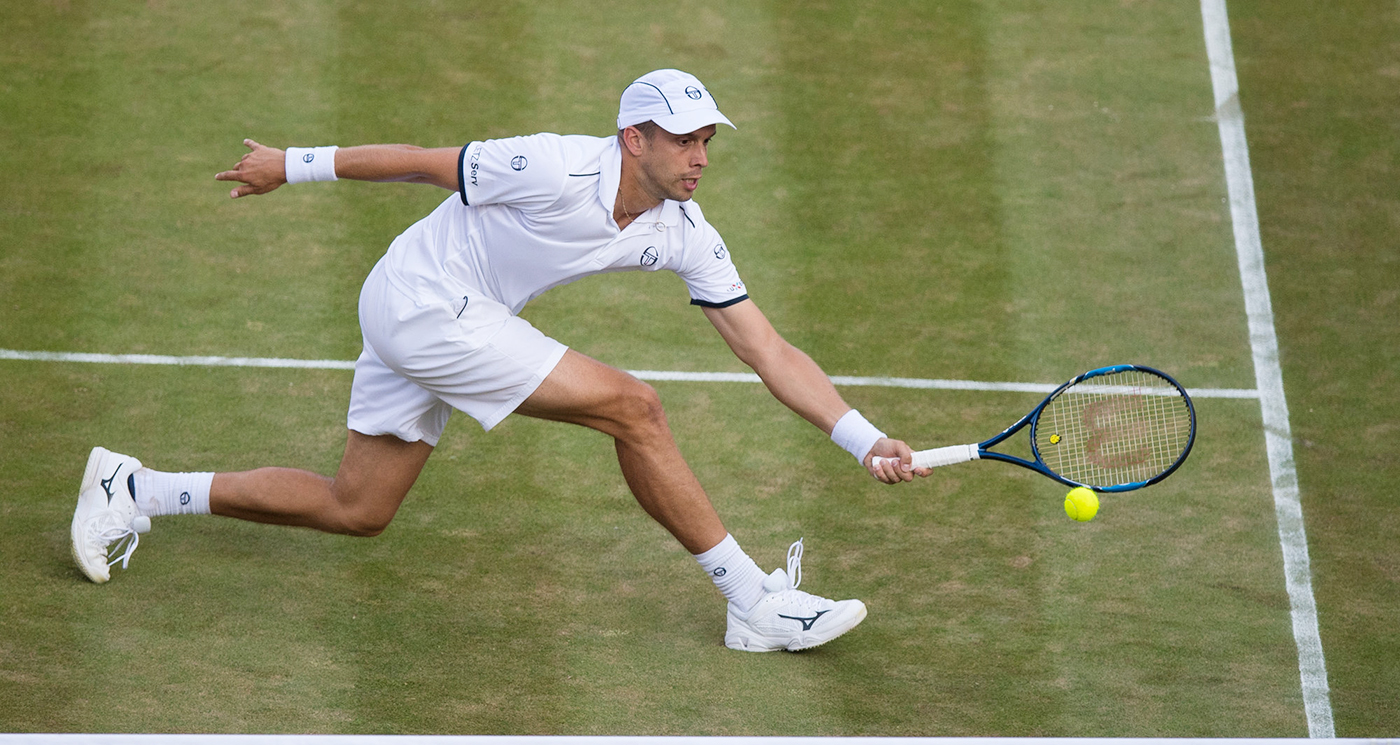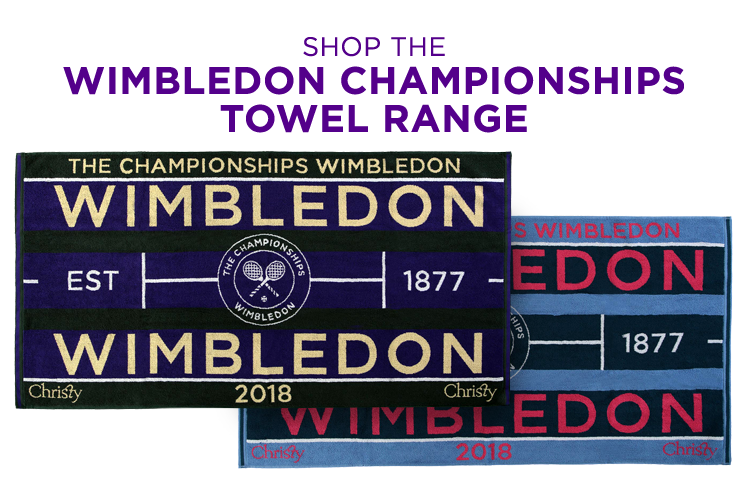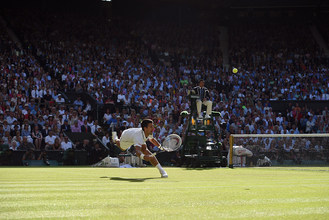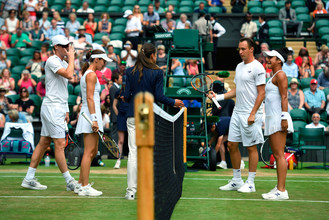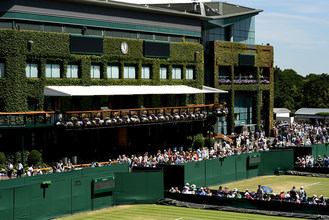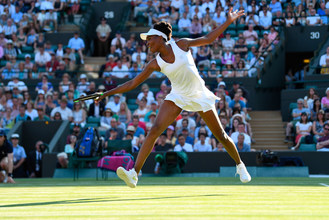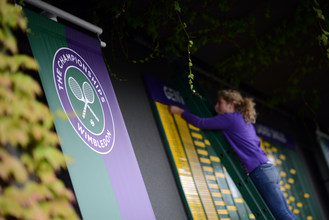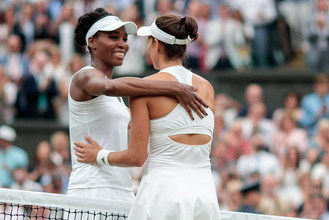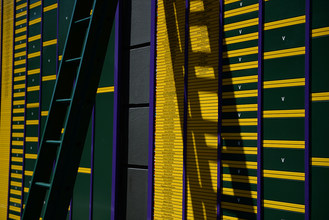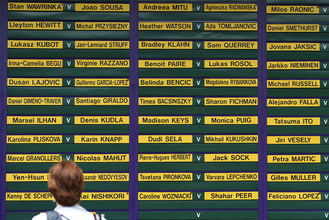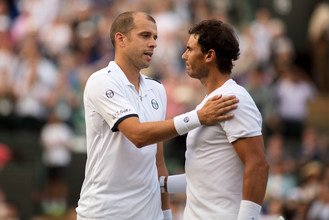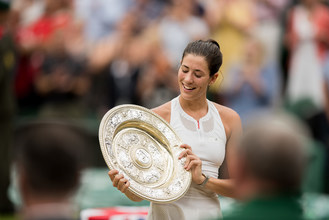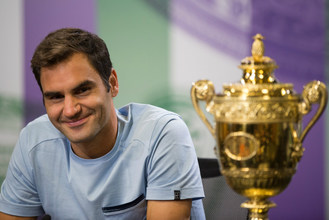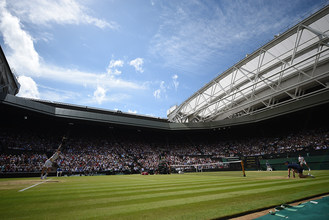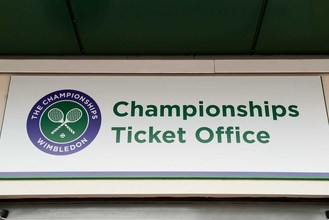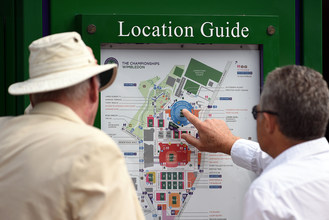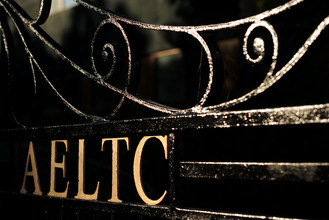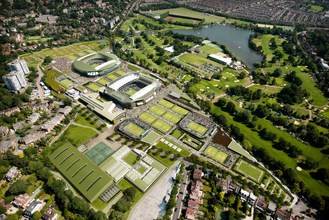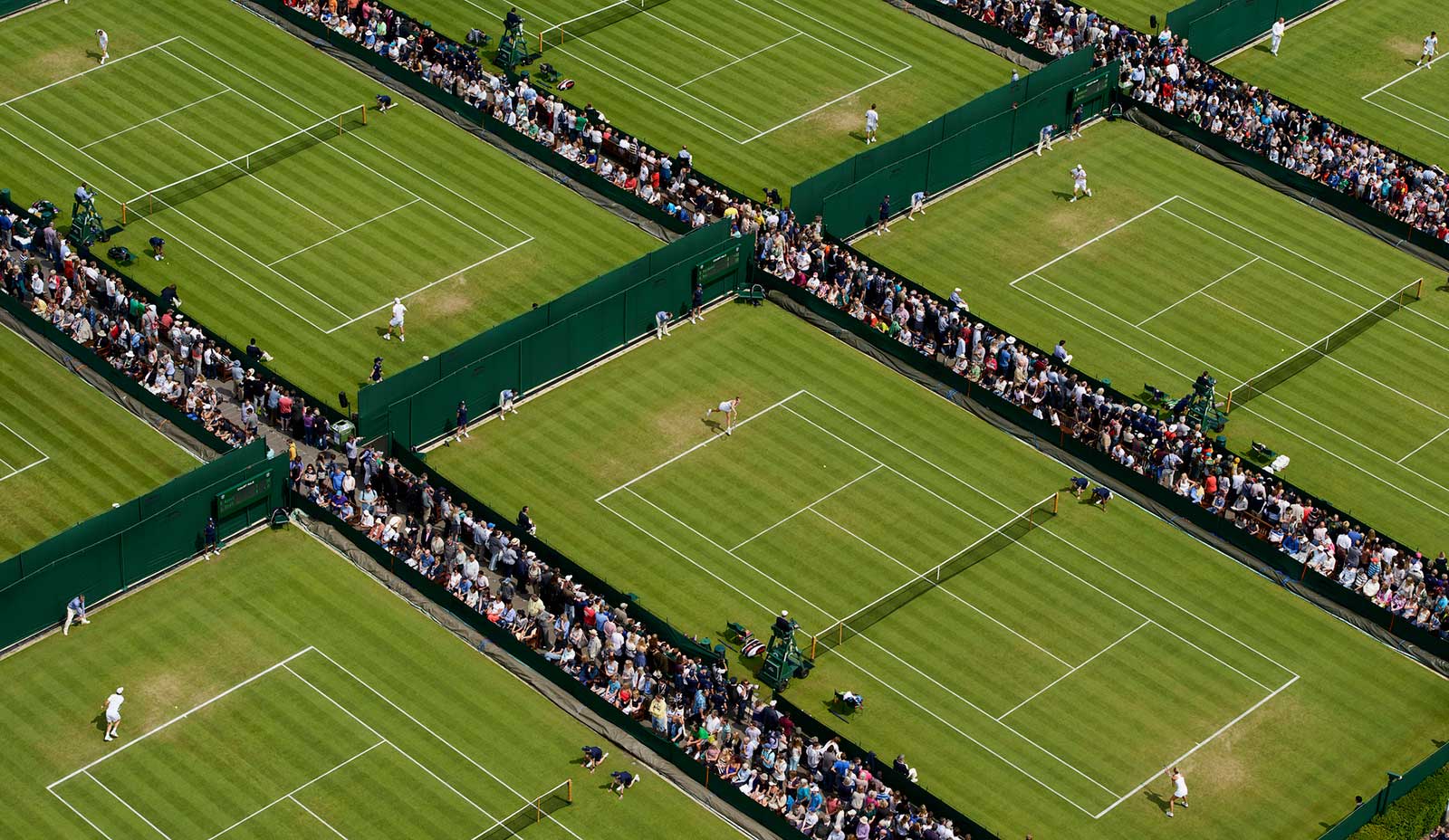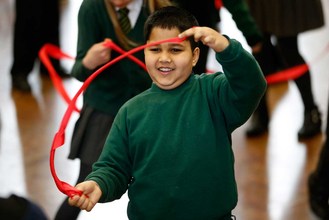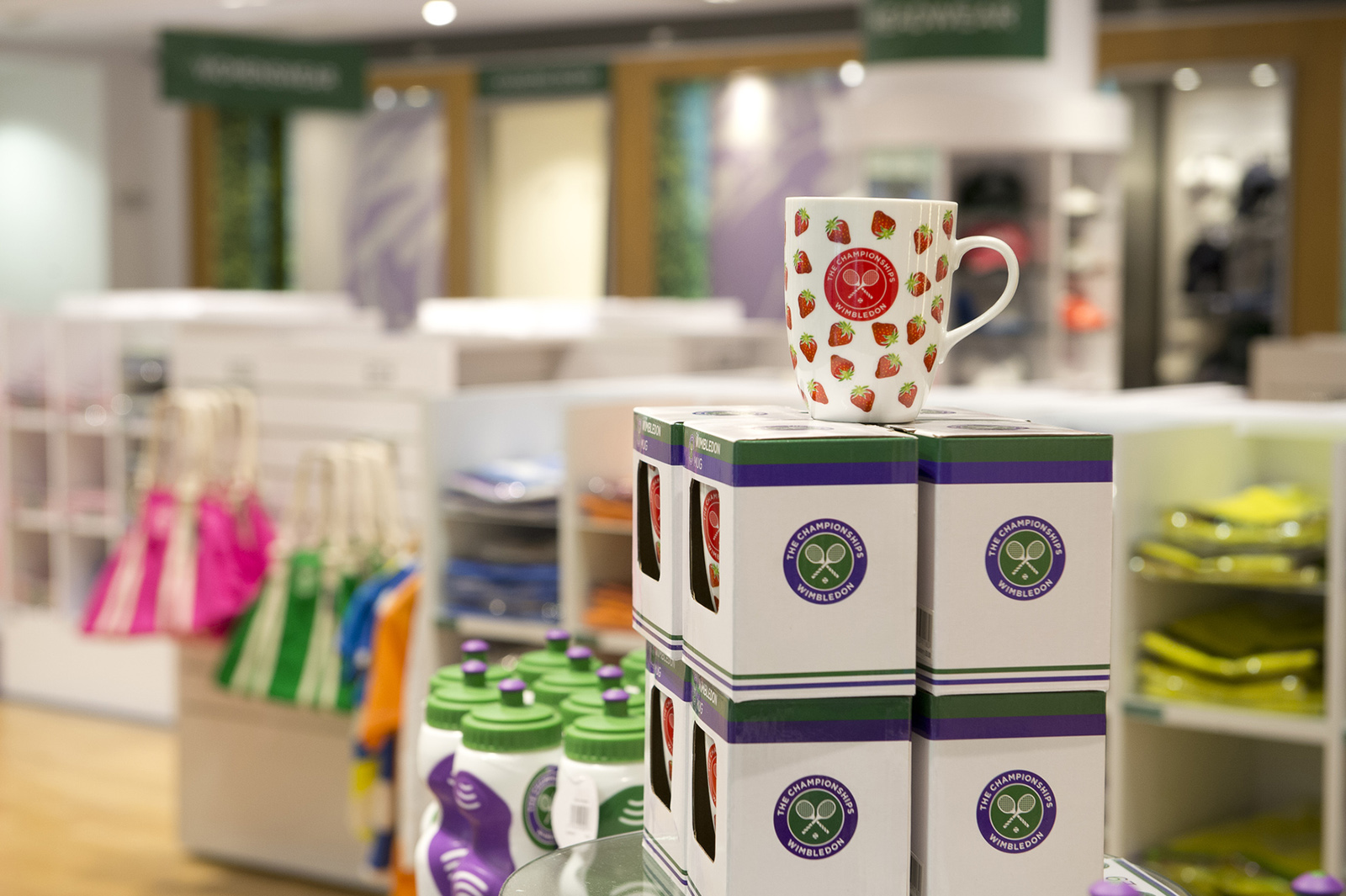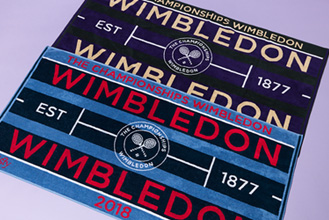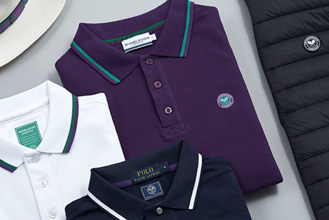In the third instalment of our #WimbleWars series, the classic tennis approach of serve and volley is debated: Relevant or not?
CRAIG O’SHANNESSY: The numbers don’t lie - serve and volley still works
Serve and volley worked yesterday. It works today. It will most certainly work tomorrow.
Serve and volley used to be a staple of grass court tennis - in fact, any surface at all. Now, it is considered an afterthought at best, a relic of a bygone era. It's something that gets almost no attention on the practice court, let alone in a match.
Opinions about serve and volley are straightforward: it has died. The facts, however, prove otherwise when you examine the outstanding win percentages it produces. It makes no sense to reduce the amount of serve and volley attempts a player makes when the win percentages have remained the same over the years, especially when you look at the alternative of baseline play.
Overall, serve and volley win percentages combined for first and second serves are consistently over 65 per cent of points won. The average baseline points won stat never climbs above 50 per cent. It’s simple maths really. Take the 65 per cent option as much as you possibly can.
WIMBLEDON MEN
|
Year |
1ST SERVE - % Serve & Volley Attempts |
1ST SERVE Win Percentage | 2ND SERVE - % Serve & Volley Attempts | 2ND SERVE Win Percentage |
| 1997 | 66% | 70% | 60% | 61% |
| 2007 | 15% | 68% | 8% | 59% |
| 2017 | 8% | 68% | 4% | 58% |
WIMBLEDON WOMEN
| Year | 1ST SERVE - % Serve & Volley Attempts | 1ST SERVE Win Percentage | 2ND SERVE - % Serve & Volley Attempts | 2nd SERVE Win Percentage |
| 1997 | 14% | 65% | 7% | 55% |
| 2007 | 3% | 68% | 0.2% | 45% |
| 2017 | 1.8% | 73% | 0.2% | 50% |
For the men, the reduction of serve and volley points is drastic, but the win percentage has always remained around the same. We've always looked at the first column and noted that players are doing it less, but we've not ALSO examined the second column to see why. There's really no good reason.
If you serve and volley a little (in 2017 first serves = eight per cent of total points) you win 69 per cent of your points. If you serve and volley a lot (in 1997 first serves = 66 per cent of total points) you actually win a little bit more. The same metrics play out for the ladies as well.
It’s the win percentage column that definitively proves that serve and volley is still an outstanding strategy today. Players lost belief in serve and volley because they didn’t look at the bigger picture. The win percentage is where the truth lies.
NICK McCARVEL: The game is too modern and aggressive to make it work
I understand the romance of serve-and-volley tennis, but in today's modern game, being the best from the baseline is what's going to win matches at the highest level of the sport.

Look at Andy Murray. Look at Serena Williams. Look at Novak Djokovic and the women's game's newest star – hard-hitting Jelena Ostapenko.
At The Championships 2017, the courts themselves are the evidence: the baseline and backcourt are where players are most comfortable and swing through the majority of the match. The worn-down grass is the proof. Murray, Rafael Nadal and Victoria Azarenka have all played and won 25-stroke rallies this fortnight. The majority of those points were played from the back of the court.
Don't get me wrong: attacking tennis still matters. Watch Roger Federer or Garbiñe Muguruza. They are looking to move forward, finish the point on the offensive. That’s partly how Gilles Muller pulled off his upset over Nadal the way he did. But are they employing the same serve-and-volley tactics that we saw bring Wimbledon greatness to the likes of John McEnroe and Martina Navratilova? No.
There are a lot of different aspects at play when we look at the change of how tennis is played. The modernisation of equipment. The physicality of the game. The speed of the players themselves and how they're able to change the direction of the ball at will.
Grass court tennis is still won in the first four strokes in a rally – that much Craig and I will most certainly agree on. You have to be on the attack from out of the gates. Returns, however, are as lethal as they've ever been and - should you choose to serve and volley – you give the returner a much-wanted target to aim at when doing so.
What kind of tennis works best on these slick grass courts of Wimbledon in 2017? Watch through to the final weekend and I can almost guarantee you it isn't serve-and-volley styled.
